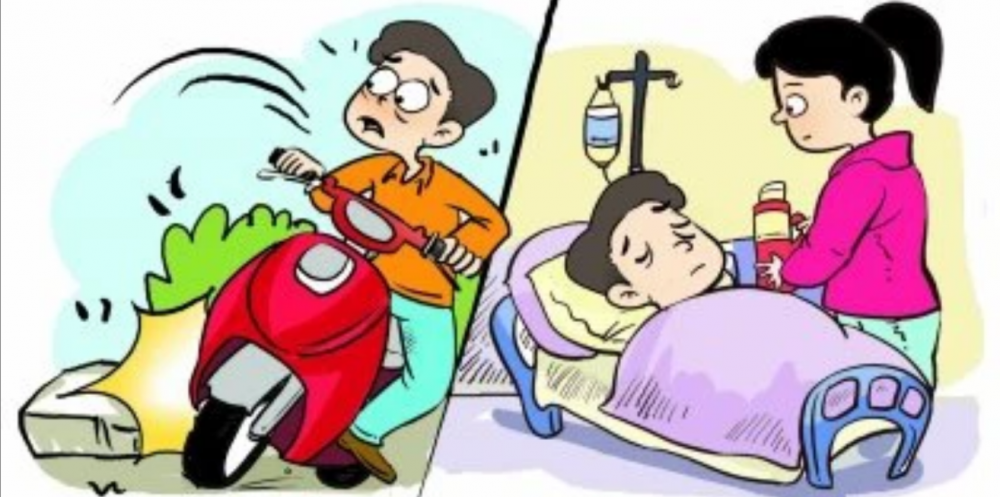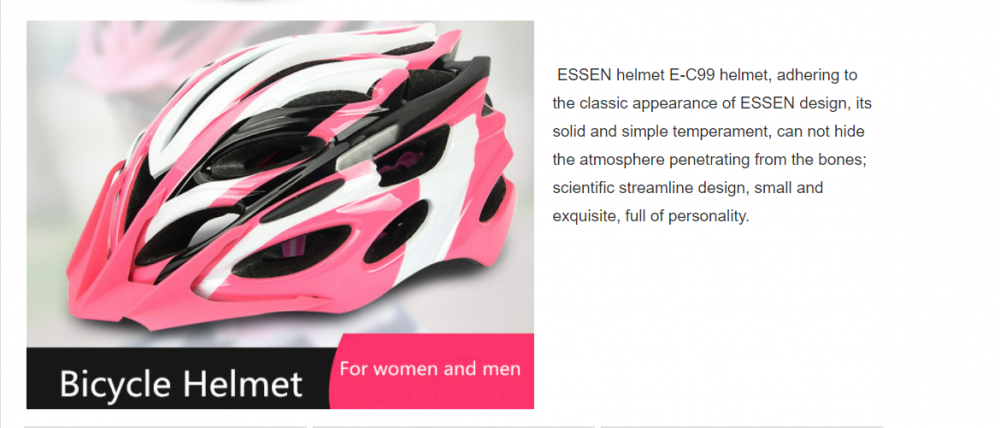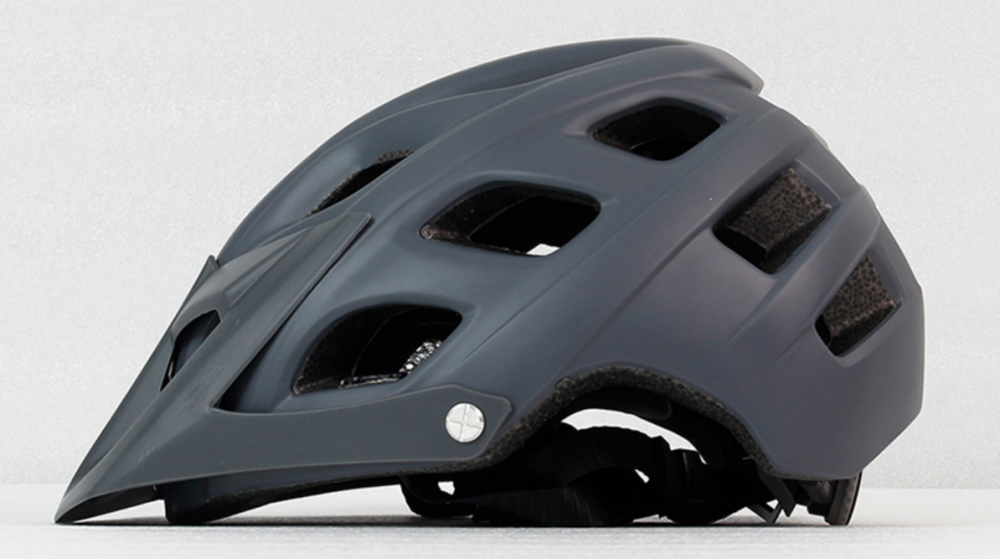Follow this simple guide below to dial in the number and let me pick it for you
Cycling is part of our daily commute or exercise. The same is true for many other people in the United States. According to People for Bikes, a bicycle advocacy non-profit organization, about 50 million Americans regularly ride bicycles, exercise or relax on their way to and from get off work. Electric bicycles are also becoming more and more popular. According to the latest data provided by the US Department of Transportation, Americans made 84 million e-bike trips in 2019.
So we all ride bicycles a lot, which is great! But every once in a while, we will notice that some people do not wear helmets when they ride or some people wear the wrong helmet. Safety accidents are prone to occur when riding in this way
Falling during riding can cause great damage to the head. Even if the rider is riding at a low speed along a smoothly sloped bike path, safety issues must not be ignored. The reason for wearing a cycling helmet is simple and important-to protect the head and reduce injuries. Relevant data shows that in more than 500 cycling deaths every year, 75% of the deaths are caused by fatal head injuries. Medical research has found that wearing a helmet while riding a bicycle can prevent 85% of head injuries and greatly reduce the degree of injury and accident mortality.

Next, let’s take a look at the composition of the helmet
·Hat shell: the hard shell of the outermost layer of the helmet. In the event of an accidental collision, the hood is the first line of defense to protect the head to disperse the impact.
·Hat body: the foam inner layer inside the helmet. It is the second line of defense to protect the head. It is mainly used to absorb the impact force in the accident and reduce the accident injury.
· Buckle and hat belt (safety harness): used to fix the position of the helmet. The cap strap is fixed under the ears on both sides, and the position of the buckle is fixed at the throat. Note: After buckling the buckle, leave 1 to 2 finger space on the buckle and throat. Remember not to be too tight or too loose.
· Hat brim: There are two types of hat brim: fixed and adjustable. General road bike riding helmets do not have a brim. The role of the hat brim is to prevent foreign objects from flying into the rider’s eyes, and at the same time play a certain shading effect.
·Stomata: The stomata are used to help the head heat and ventilate, and can keep the hair dry during long-distance riding. The more air holes, the cooler the rider will feel, but the lower the relative safety factor. Generally, it is better to choose a helmet with the right amount of air holes.
·Knob: There is a knob for adjusting the tightness on the back of the riding helmet. Riders can adjust the size of the helmet according to the size of their head.
·Padding: The pad can absorb sweat and slight vibration from the human body during riding.

Protection principle
The working principle of the riding helmet is to play a protective role by absorbing the impact of the collision. In other words, every cycling helmet has a foam inner layer. In the event of an accident, the foam inner layer will cushion the collision to reduce accident damage. Traditionally, many riding helmets are made of EPS (expanded polystyrene) materials. Once the EPS foam is crushed and deformed in an accident, it cannot be recovered and used again. In addition, there are helmets with an inner layer made of EPP (Expanded Polypropylene) foam. Although EPP foam can be used again after being impacted, its impact absorption strength is far less than EPS foam. Therefore, after years of research and improvement, a new type of multi-protection foam Tau Re Up that combines EPS and EPU (polyurethane) was born. Not only that, but now many cycling helmets use carbon fiber to reduce the weight of the helmet.

How to choose a helmet
For the choice of riding helmets, there are the following items that need to be paid attention to by all riders:
First of all, when purchasing a riding helmet, be sure to check whether the selected helmet is affixed with the label of the General Administration of Quality Supervision, Inspection and Quarantine. According to the law, all riding helmets sold in my country must meet the safety standards set by the General Administration of Quality Supervision, Inspection and Quarantine.
Secondly, in order to reduce injuries in accidents, riding helmets are equipped with safety harnesses, and the harnesses can make the helmet and the head fit more closely. Therefore, be sure not to let the safety harness become a foil of the helmet, swinging back and forth on both sides of the face without being fastened.
Finally, when buying a helmet, you should choose imported EPS foam material, an integrated helmet, such a helmet can provide effective protection for the head, and can reduce the burden of riding.
HOTEBIKE riding helmet adopts imported PC shell and imported EPS cap body, which is light in weight and high in impact resistance. It can provide good protection for the head. The integrated design can further upgrade the impact resistance and protect the head more safely. .
Zhuhai Shuangye Electronic Technology Co., Ltd. is a good choice
How to wear
After you have completed the above operations, make sure that the helmet does not move more than 1 inch (1 inch = 2.5400 cm), and ensure that the helmet will not fall off without loosening the straps.
Precautions
Regardless of whether they have fallen or collided, riders should change their riding helmets every five years. Because, although the helmet has not undergone a collision, sun exposure and sweat erosion will also cause the safety harness to age, thereby weakening the surrounding fitting system and damaging the helmet’s protective performance.
 Shuangye ebike
Shuangye ebike


